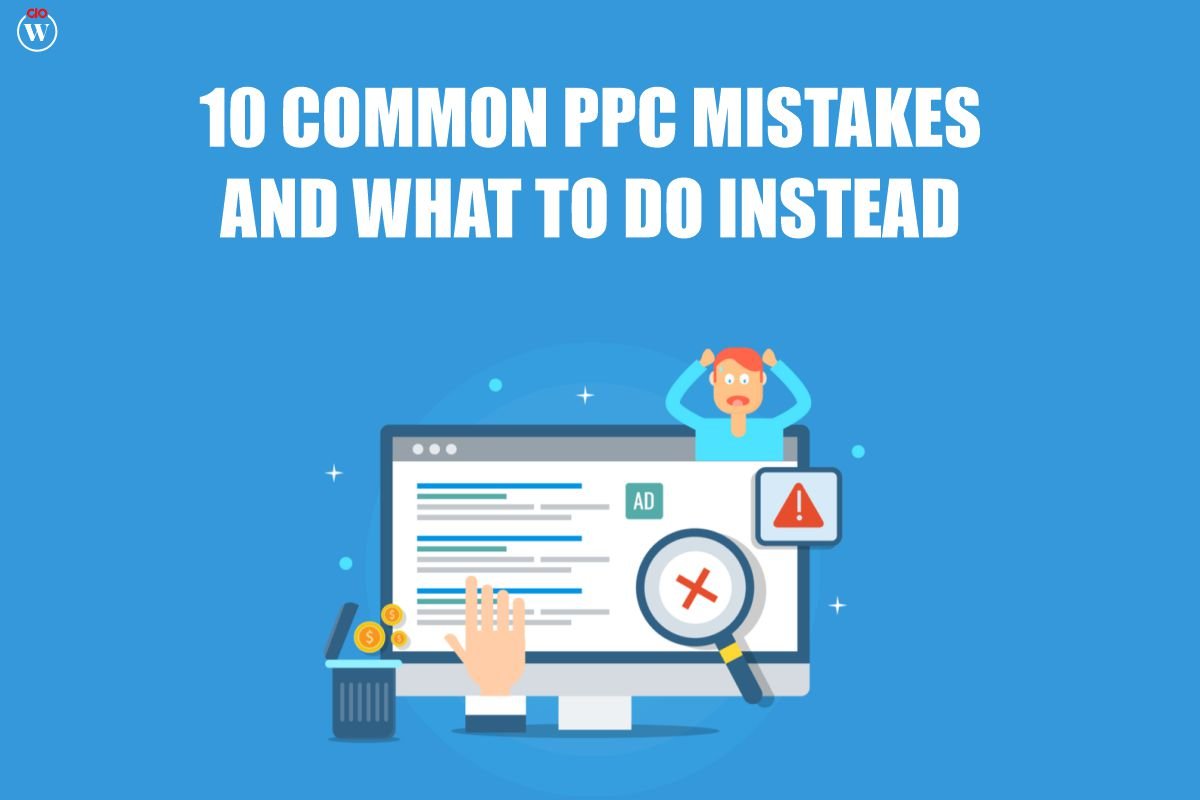As the world moves towards a more sustainable future, renewable energy sources have become increasingly important. Among these, solar energy has gained significant attention due to its potential to provide clean, sustainable power. However, the adoption of solar energy is often hindered by the high initial costs associated with its installation and infrastructure. To address this challenge, many governments and organizations have introduced solar energy subsidies to encourage the use of solar power. This article will explore the various aspects of solar energy subsidies, including their benefits, types, and impact on the energy sector.
Understanding
Solar energy subsidies are financial incentives provided by governments or organizations to reduce the cost of solar energy systems. These subsidies aim to make solar power more accessible and affordable for individuals and businesses, thereby promoting its adoption. By lowering the financial barrier, subsidies encourage the development and implementation of solar energy projects, contributing to the overall growth of the renewable energy sector.
Types
There are several types of solar energy subsidies available, each designed to target different aspects of solar energy adoption. These subsidies can be broadly categorized into direct financial incentives, tax incentives, and regulatory incentives.
Direct Financial Incentives
Direct financial incentives are monetary benefits provided to individuals or businesses to offset the initial cost of solar energy systems. These incentives can take the form of grants, rebates, or low-interest loans.

- Grants: Governments or organizations may offer grants to cover a portion of the cost of solar energy installations. These grants are typically awarded based on specific criteria, such as the size of the project or the expected environmental impact.
- Rebates: Rebates are cash incentives provided to individuals or businesses after the installation of solar energy systems. These rebates are often based on the size or capacity of the system and can significantly reduce the overall cost of installation.
- Low-Interest Loans: Some governments or financial institutions offer low-interest loans specifically for solar energy projects. These loans help individuals and businesses finance the installation of solar systems, making it more affordable to transition to solar power.
Tax Incentives
Tax incentives are another form of solar energy subsidies designed to reduce the financial burden of solar energy adoption through tax-related benefits.
- Investment Tax Credits (ITC): The ITC allows individuals or businesses to deduct a percentage of the cost of installing a solar energy system from their federal taxes. In the United States, for example, the federal solar tax credit allows for a deduction of up to 26% of the installation cost.
- Production Tax Credits (PTC): PTCs provide a tax credit based on the amount of electricity generated by a solar energy system. This type of incentive encourages the ongoing production of solar power by rewarding energy generation.
- Sales and Property Tax Exemptions: Some jurisdictions offer sales tax exemptions on the purchase of solar energy equipment or property tax exemptions for properties with solar installations. These exemptions help reduce the overall cost of going solar.
Regulatory Incentives
Regulatory incentives are policies or programs that create favorable conditions for solar energy adoption. These incentives often involve mandates or targets set by governments to increase the use of renewable energy sources.

- Renewable Portfolio Standards (RPS): RPS are regulations that require utilities to obtain a certain percentage of their electricity from renewable sources, such as solar energy. By setting these standards, governments encourage the development of solar projects and increase the demand for solar power.
- Net Metering: Net metering allows solar energy system owners to sell excess electricity back to the grid. This policy provides financial benefits to solar users by allowing them to offset their energy costs through the sale of surplus power.
- Feed-in Tariffs (FIT): FITs are policies that guarantee a fixed payment for the electricity generated by solar energy systems. These tariffs provide long-term financial security for solar projects, encouraging investment in solar energy.
The Impact
Solar energy subsidies have played a crucial role in the growth and development of the solar energy sector. By reducing the financial burden associated with solar energy adoption, these subsidies have contributed to the increased use of solar power worldwide. The following sections highlight the key impacts of solar energy subsidies on various stakeholders.
Benefits for Individuals and Businesses
Solar energy subsidies provide significant financial benefits for individuals and businesses looking to transition to solar power. By reducing the upfront cost of installation, these subsidies make solar energy more accessible and affordable for a broader range of consumers. As a result, more homeowners and businesses can take advantage of the environmental and economic benefits of solar power.
Boosting the Solar Industry
Solar energy subsidies have also contributed to the growth of the solar industry by increasing the demand for solar installations. This increased demand has led to the expansion of the solar energy market, creating new job opportunities and driving innovation in solar technology. As the industry continues to grow, it becomes more competitive, leading to further advancements and cost reductions in solar energy systems.
Environmental Impact
By promoting the adoption of solar energy, subsidies help reduce the reliance on fossil fuels and decrease greenhouse gas emissions. Solar power is a clean and renewable energy source that produces no harmful emissions during operation. As more individuals and businesses transition to solar energy, the overall carbon footprint of the energy sector is reduced, contributing to a more sustainable and environmentally friendly future.
Challenges and Criticisms
Despite the numerous benefits of solar energy subsidies, there are also challenges and criticisms associated with their implementation. Some critics argue that subsidies can lead to market distortions, as they may artificially inflate the demand for solar energy systems. Additionally, the allocation of subsidies may not always be equitable, with larger businesses or more affluent individuals receiving a disproportionate share of the benefits.
Another challenge is the potential for subsidy dependency, where the solar industry becomes reliant on government support to remain viable. This reliance can create uncertainty and instability within the industry, particularly if subsidies are reduced or eliminated.
The Future
As the world continues to prioritize renewable energy sources, the role of solar energy subsidies is likely to evolve. Governments and organizations may seek to refine and optimize subsidy programs to address current challenges and maximize their impact. The following are some potential trends and developments in the future of solar energy subsidies.
Increased Focus on Energy Equity
Future subsidy programs may place a greater emphasis on energy equity, ensuring that the benefits of solar energy adoption are accessible to all individuals and communities. This focus may involve targeted subsidies for low-income households or underserved areas, helping to bridge the gap in solar energy access.
Integration with Energy Storage Solutions

As solar energy technology continues to advance, there may be a greater integration of subsidies for energy storage solutions, such as batteries. Energy storage systems allow for the efficient use of solar power by storing excess energy for later use. By incentivizing the adoption of both solar and energy storage solutions, subsidies can enhance the overall effectiveness and reliability of solar energy systems.
Performance-Based Incentives
Performance-based incentives may become more prevalent in future subsidy programs, rewarding individuals and businesses based on the efficiency and output of their solar energy systems. This approach encourages the installation of high-quality and high-performance systems, maximizing the environmental and economic benefits of solar energy.
Global Collaboration and Support
International collaboration and support for solar energy subsidies may increase as countries work together to address global climate change. By sharing best practices and resources, nations can enhance the effectiveness of their subsidy programs and accelerate the transition to renewable energy sources.
Conclusion
Solar energy subsidies play a vital role in promoting the adoption of solar power and advancing the renewable energy sector. By providing financial incentives and support, these subsidies make solar energy more accessible and affordable for individuals and businesses, contributing to a more sustainable and environmentally friendly future. As the world continues to prioritize renewable energy, the role of solar energy subsidies will remain essential in driving the transition to clean, sustainable power sources.









